Vancouver Island Seal Species
There are two seal species inhabiting the waters of Vancouver Island.
Vancouver Island Harbour Seals
Harbour seals are one of the area's most common marine animals. Their fur is usually silver with black spots; however, it comes in a variety of colors. Harbour seals have huge eyes and long, straight whiskers, and their bodies are barrel-shaped. They are incredibly nimble and swift swimmers, despite their clumsy attempts to move on land. Seals, unlike the dexterous sea lions, have small flippers, therefore they must flop on their bellies instead of walking on their limbs when at the beach. Males and females are almost the same size, reaching a maximum length of 1.8m (6 feet) and weighing up to 110kg (250lbs). They have a lifespan of 20 to 30 years. In comparison to their raucous island mates, sea lions, and harbour seals are rather quiet. For transient or mammal-eating orcas, they are a key food source. Seasonally and geographically, the harbour seal diet varies. The main food sources for Vancouver Island harbour seals include fish, squid, mollusks, and crustaceans. Eaten whole, the meal is torn into bite-sized pieces.
Vancouver Island Northern Elephant Seals
They visit the land twice a year, once to mate and raise their young and again to molt. Mating takes place from December through March. Females favor the warmer latitudes, whereas adult males and youngsters prefer the northern regions. Elephant seals are light brown in color and have no external ear flaps or fur-covered flippers. The species' name comes from the males' huge elephant-like nostrils, known as proboscis, which may be inflated to approximately 1m or 2-3 feet. Males may weigh up to 2 tons (4,400 pounds) and reach a length of 6 meters (20 feet) in these gigantic sea creatures. Females are roughly half the size of males, weighing one ton (2,200 pounds) and reaching out three meters (10 feet). Elephant Seals can dive to depths of over 1000 meters (3280 feet) and hold their breath for up to 45 minutes, which is as amazing as their size. Elephant seals were historically intensively hunted, with the population dropping to less than 100 individuals in the 1800s. Fortunately, their population has increased.
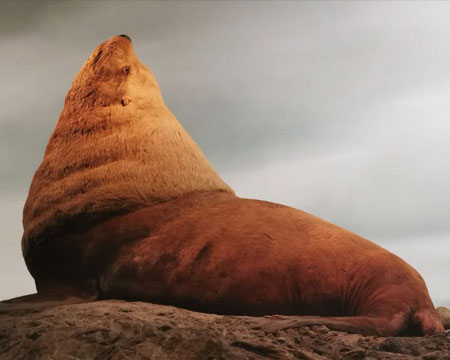
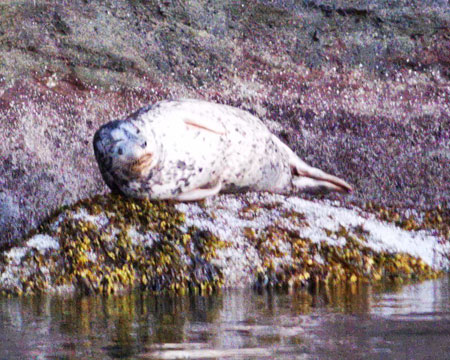
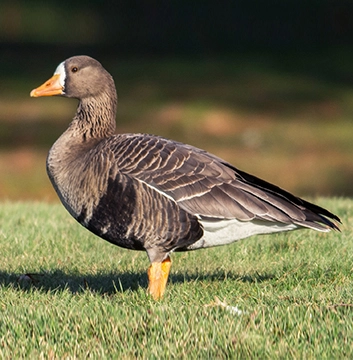
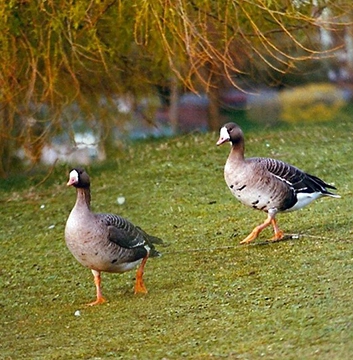
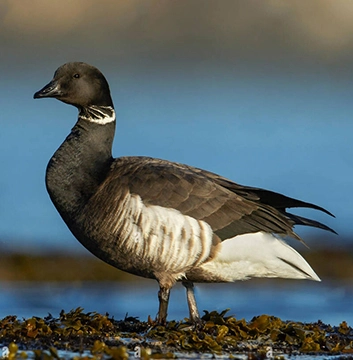
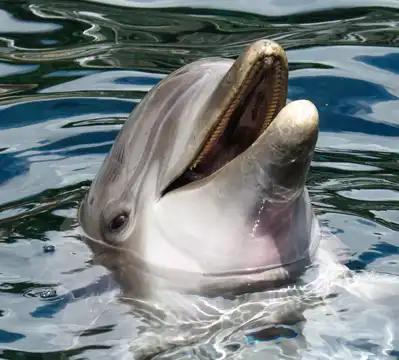
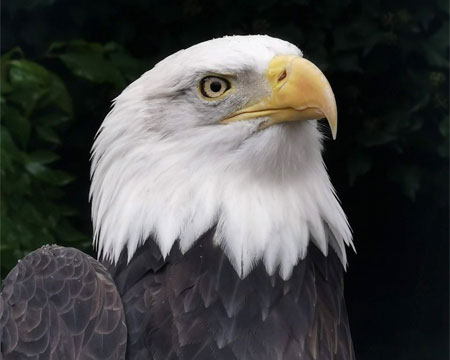
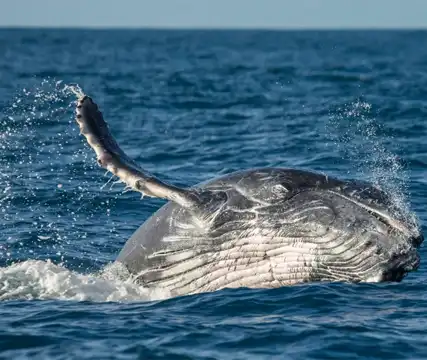
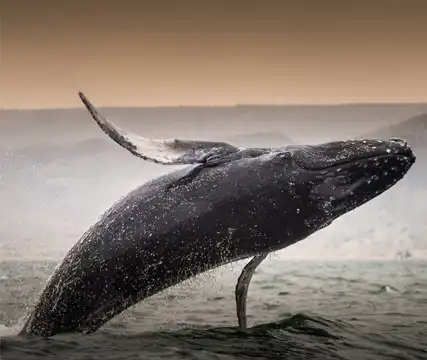
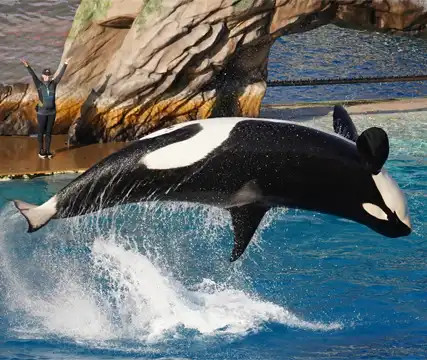

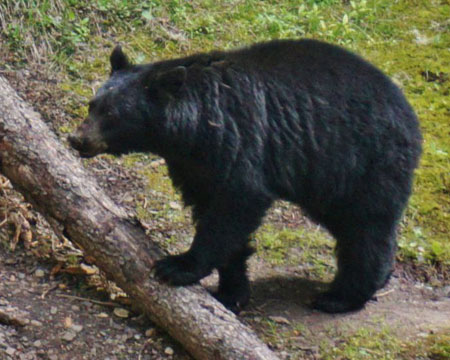
.webp)
.webp)
.webp)
.webp)
.webp)
.webp)
.webp)